There was an article on the Arts Professional site urging care in the Arts Council of England’s initiative to increase investment in libraries over the next decade. The author of the piece, Hassan Vawda, expresses concerns that attempts to revitalize libraries using arts may unintentionally damage all the beneficial elements of the library environment.
Statistics from DCMS’s Taking Part survey shows libraries are the only space used proportionally more by Black, Asian and ethnic minority (BAME) audiences than those who identify as White. In contrast, arts organisations and museums are used disproportionately by White audiences – despite more than a decade of language, policy and schemes aiming to support diversity.
[…]
People often have far more input into the way libraries are used as public spaces than they do with arts and cultural spaces – for all their outreach. At its best, the library is an intergenerational resource that adapts and moulds around the communities it finds itself in.
[…]
Outside the professional arts sector, libraries have engendered a trust that has eluded many traditional arts venues – and this must not be lost. The arts can definitely support the development of libraries, and amplify the case for reinvestment. But libraries must not succumb to the fate of the many art and culture-led spaces that have inadvertently become dominated by the middle classes.
As far as I know, there isn’t a similar effort in the U.S. to make libraries into trendy arts hubs. In fact, as Drew McManus pointed out today, the The Institute of Museum and Library Services is up for dissolution right along with the NEA, NEH and PBS.
However, pretty much all the observations Vawda makes about libraries in England are true for libraries in the U.S. Even if Black, Asian and ethnic minorities don’t use libraries in greater proportion than those who identify as White in the US, I feel pretty secure in saying libraries are visited by a much more ethnically and socio-economically diverse group than most arts entities.
Reading this article it struck me that there is potential to “get it right,” as it were. As Vawda mentions, arts organizations have a long history of outreach efforts that have had middling results.
The opportunity exists then in putting a lot of effort into studying very closely the environment libraries provide, both in general and as specifically appropriate to their neighborhoods/communities and implementing radical changes to transform existing arts organizations.
Or, perhaps more pragmatically, arts organizations can bring their resources to libraries and be guided by them about how those resources are deployed.
I say this is the more pragmatic option because in all likelihood, in choosing it, an arts organization is acknowledging the great difficulty established arts organization would have implementing the sort of internal radical change required to cultivate the level of trust engendered by libraries. Even this would be a difficult decision for many since there is no guarantee that a close partnership with the library will ever increase the level of direct participation with the arts organization.
If the organization has the internal will to implement former option of providing an experience with the same sense of openness and user agency provided by a library, partnering with the library would already be part of the plan or the organization would already be hitting satisfying benchmarks and see no pressing need to partner.
Though with as imaginative as people are and as different the dynamics of every community, it is distinctly within the realm of possibility that some few arts organization wouldn’t have to radically change their business model and philosophy.
Pretty much either option requires a recognition that if the people you are dedicated to serving won’t come to you, you need to move toward them and meet them where they are.







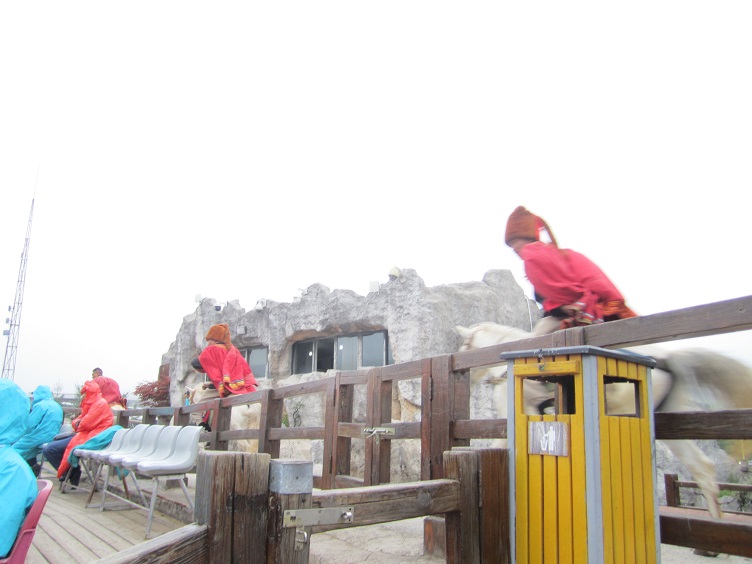
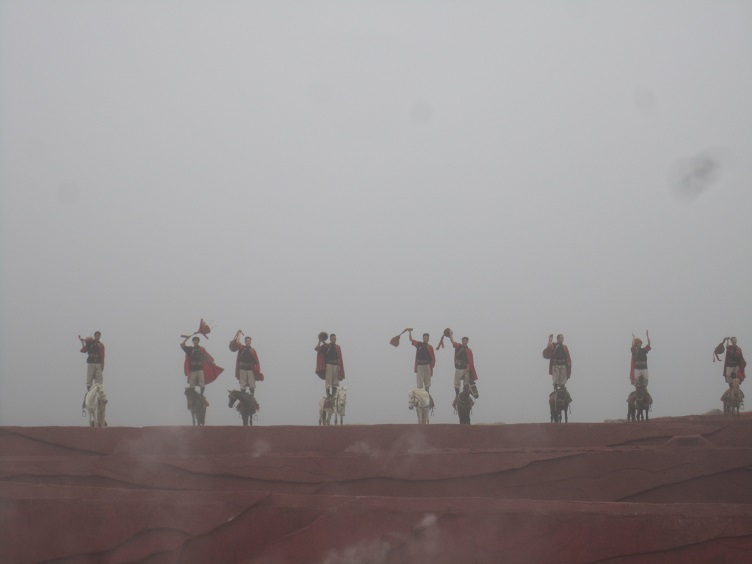
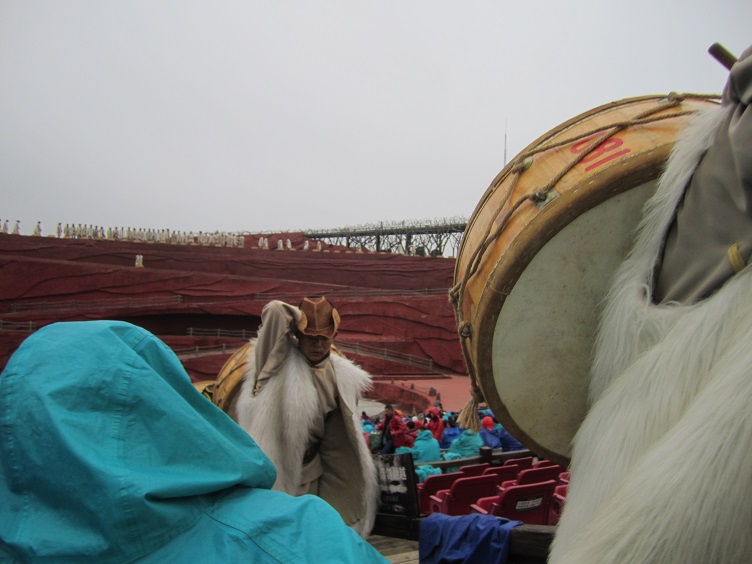
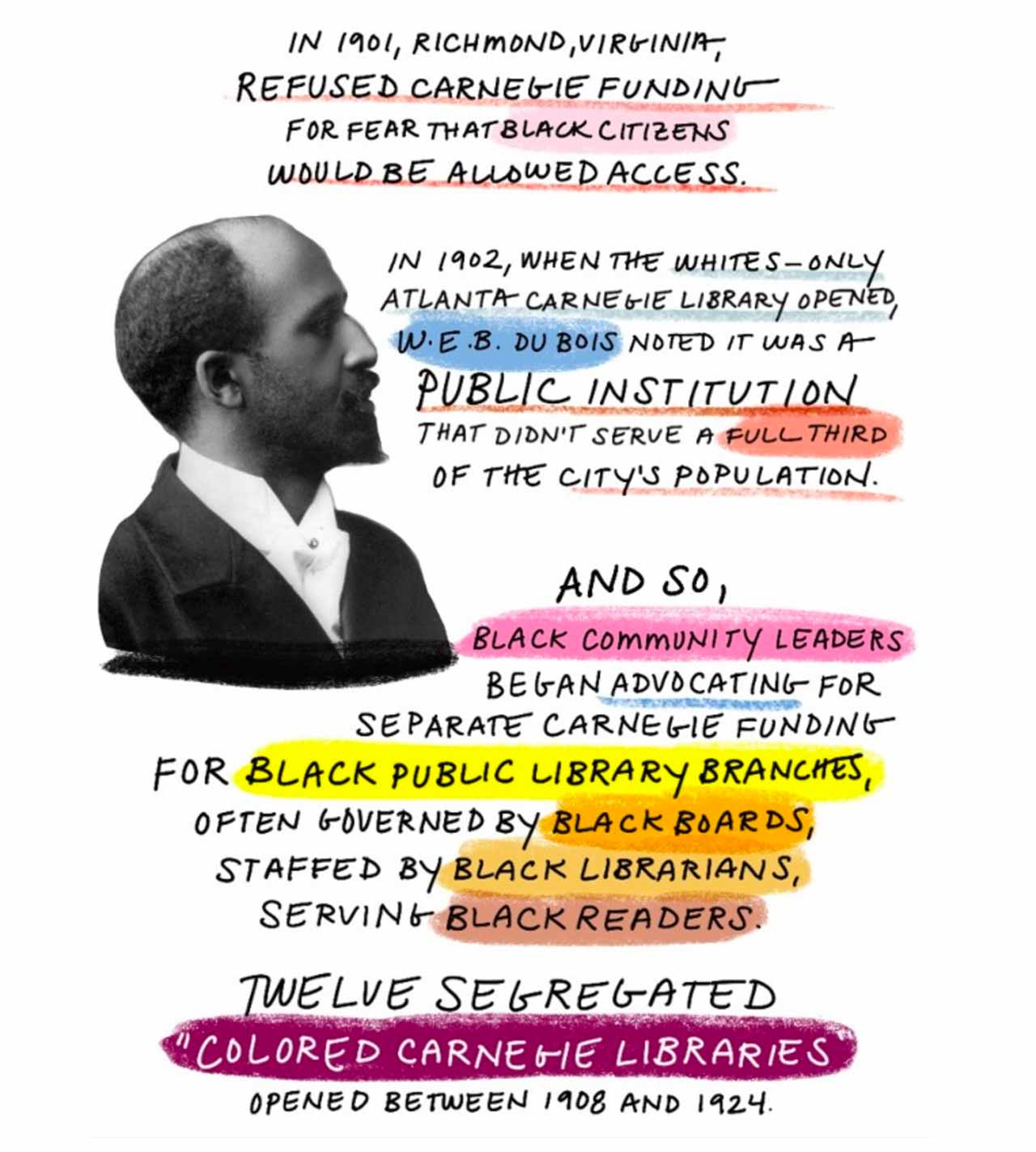

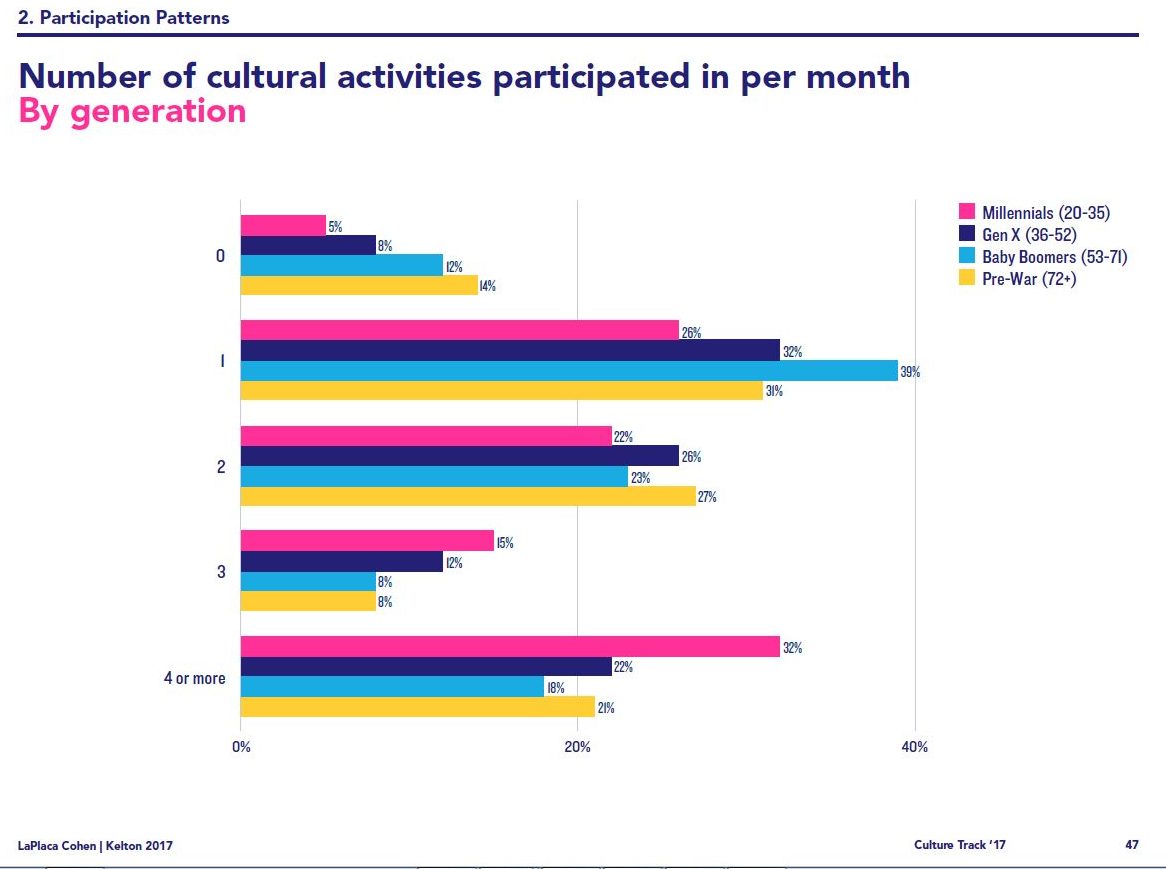

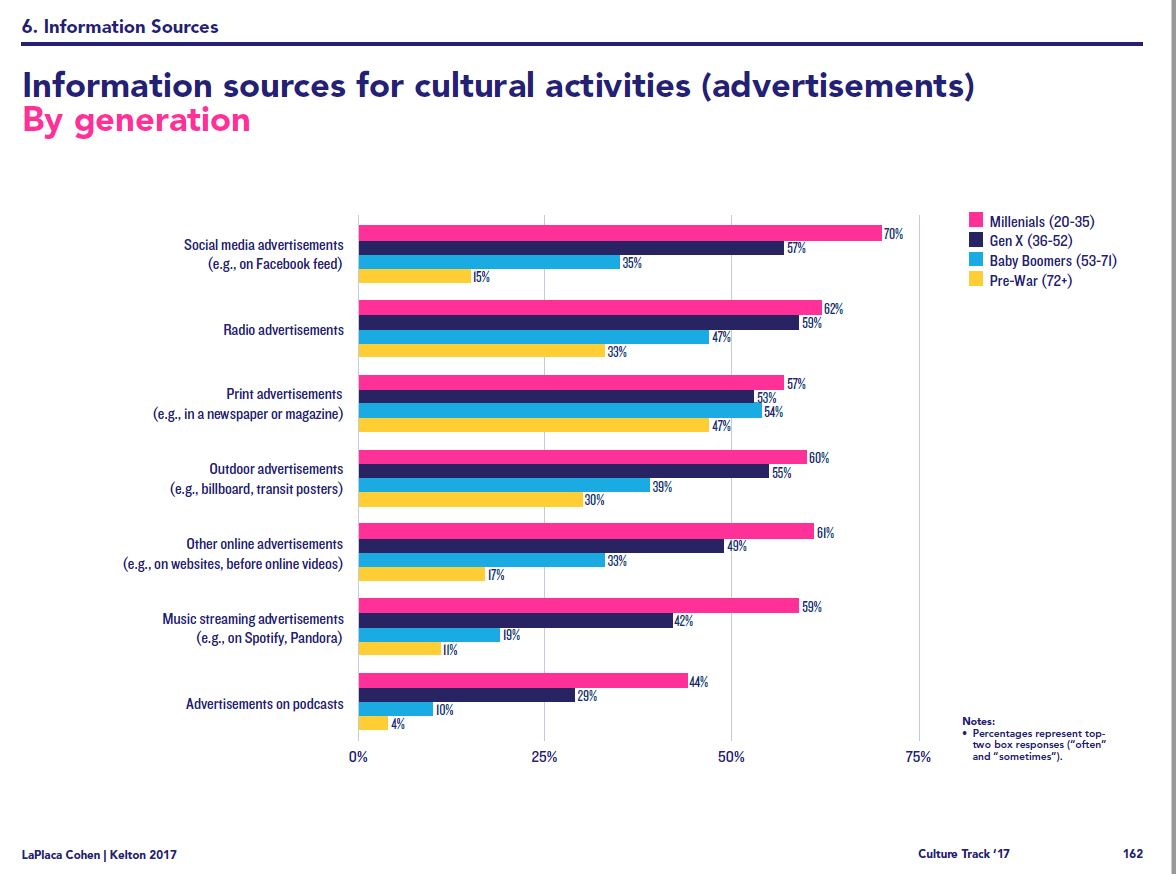
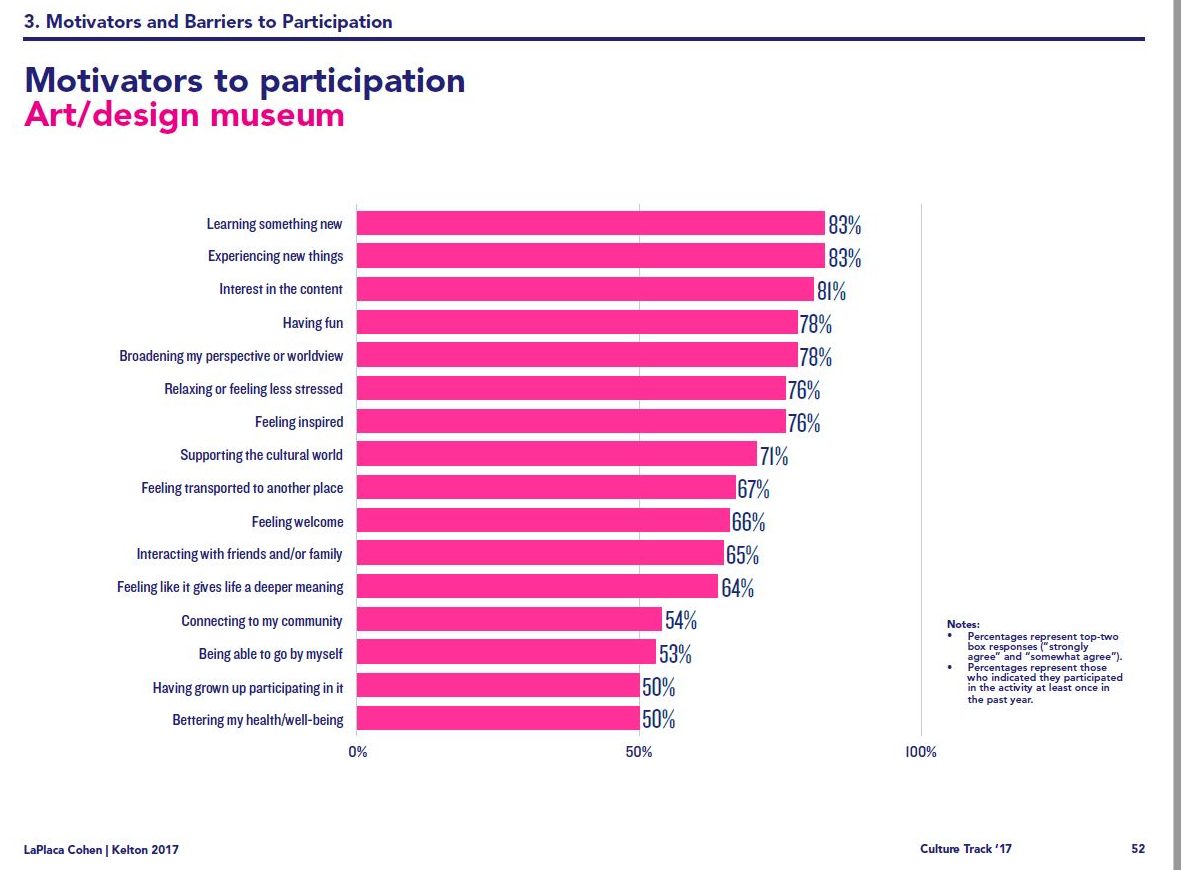
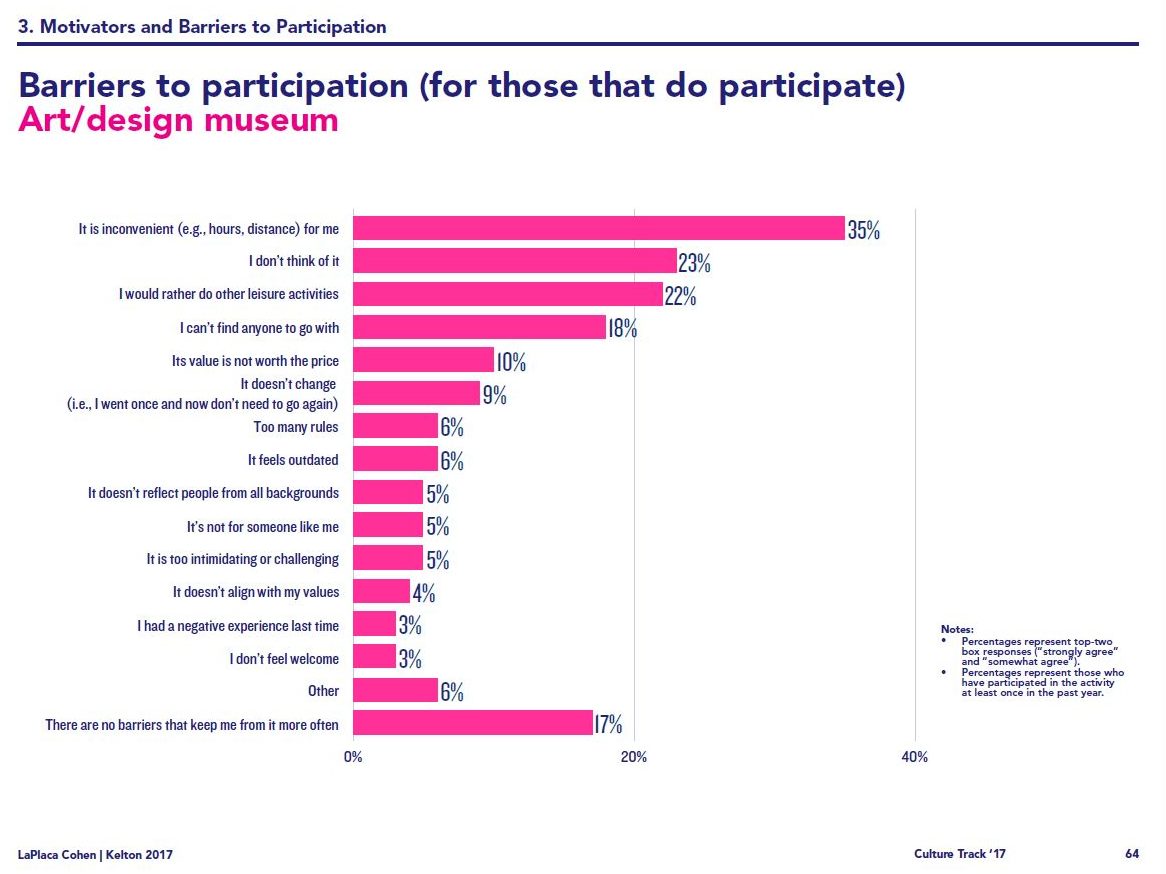

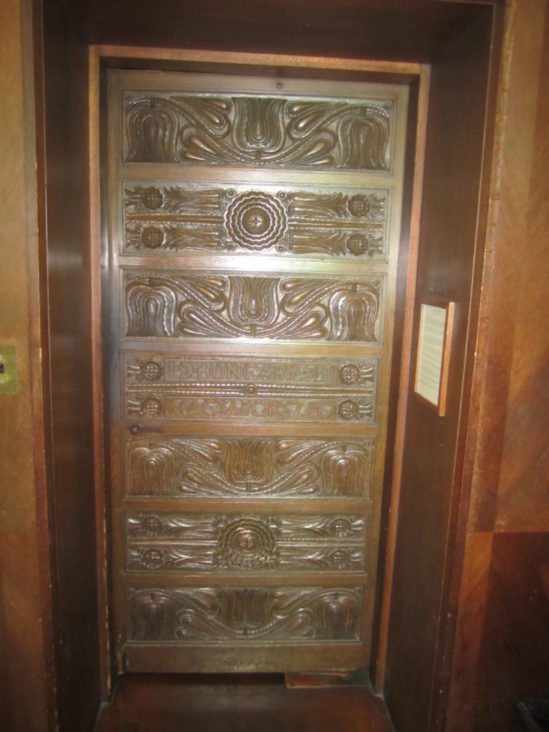
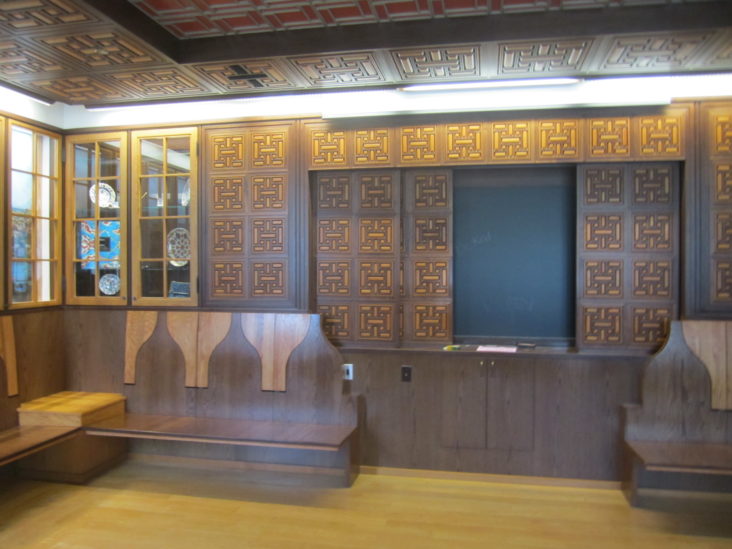
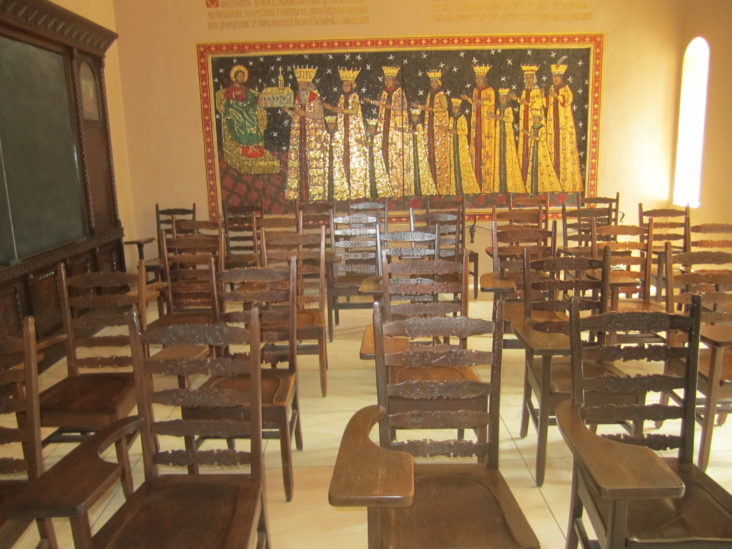




I've been to a few of the Science on Tap events, though I never gave a talk at one of…